She Taught Us What the Life of Japanese Geishas Truly Is: The Story of Mineko Iwasaki
In the Shadow of Blossoming Cherry Trees
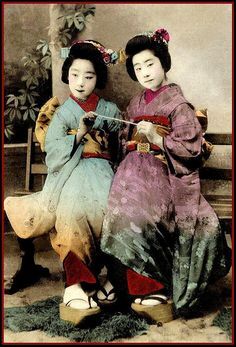
Her story is not just an account of becoming a geisha but also a deep insight into the culture that has shaped and defined Japanese identity for centuries. Through the prism of her experiences, readers are given a rare chance to understand the true lives of these remarkable artists. It is a tale of survival, passion, and transcending the boundaries that separated the world of geishas from the rest of society, inviting us to explore the richness and complexity of Japanese tradition.
 Geisha, Meaning Artist
Geisha, Meaning Artist
The term 'geisha,' in the Japanese language, consists of two kanji: 芸 (gei) meaning 'art' and 者 (sha) meaning 'person,' which literally translates as 'person of art' or 'artist.' This designation points to the primary role of geishas in Japanese society - being refined artists and perfectionists in fields such as dance, music, singing, and the art of conversation.
The history of geishas in Japan dates back to the Edo period (1603-1868), when the art of entertainment and leisure for the upper classes flourished. Initially, these roles were exclusively filled by men, known as 'taikomochi' or 'hōkan,' but over time, women began to dominate this profession, especially in the entertainment districts of Kyoto, such as Yoshiwara. The first woman historically recognized as a geisha was Kikuya of Fukagawa, active in the early 18th century.
During the Meiji period (1868-1912), the status of geishas began to evolve. On one hand, they were admired for their artistic and social skills; on the other, their social role was a subject of discussion and various interpretations. It was during this time that the image of the geisha, known worldwide today, began to take shape.
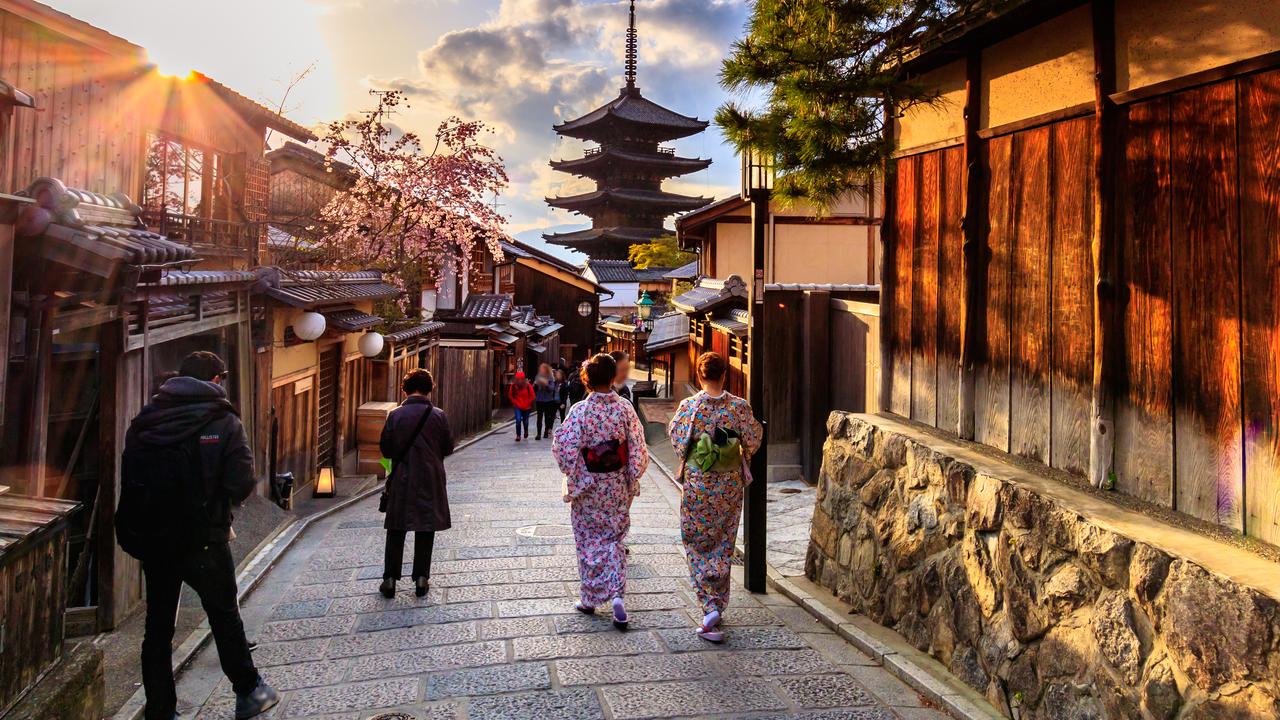
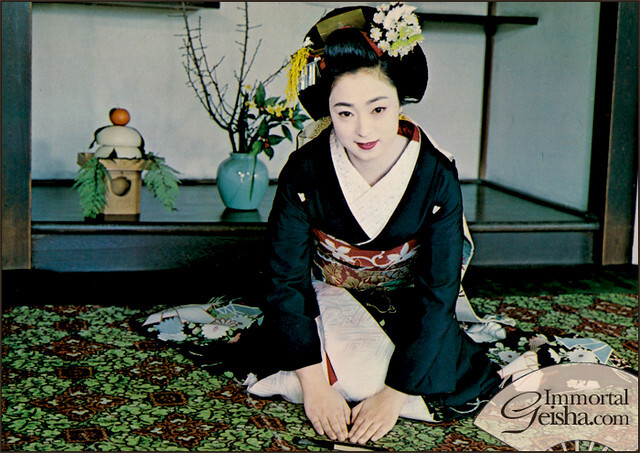
These differences are not merely cosmetic but reflect deeper principles of Japanese aesthetics and philosophy, where every detail has its significance. Geishas from Kyoto, especially geikos, are regarded as custodians of tradition, making them an integral part of Japan's cultural heritage.
Life of Mineko Iwasaki
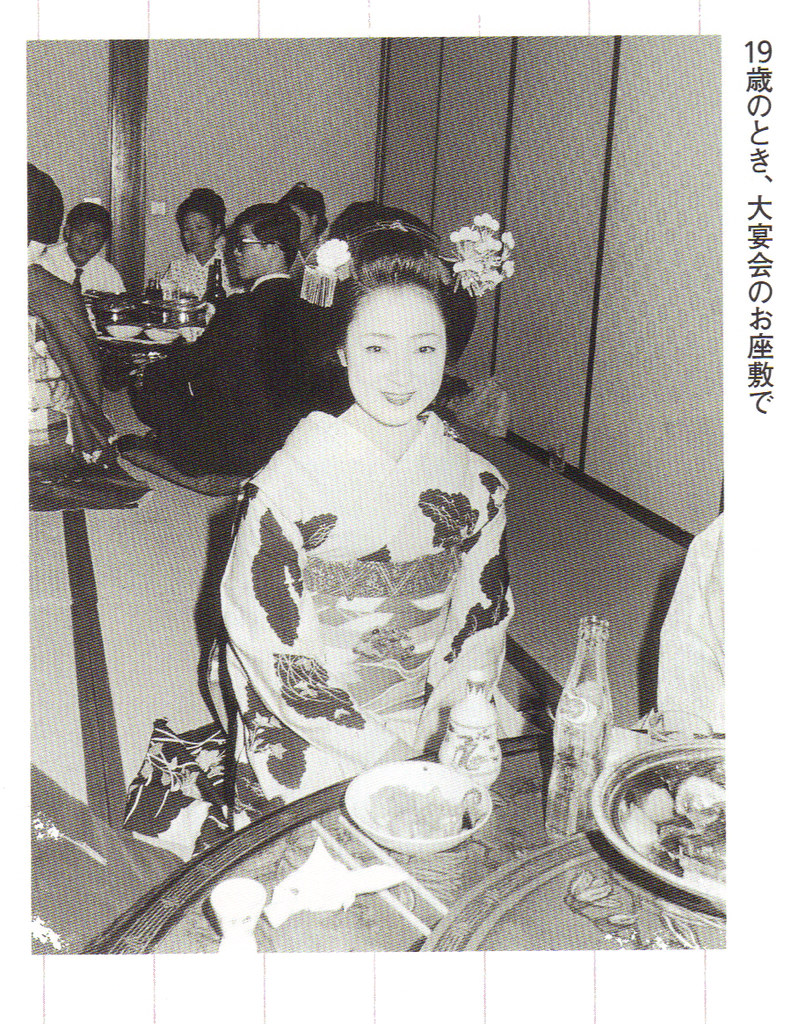
Childhood and the Decision to Become a Geisha
At just 5 years old, Mineko was admitted to an okiya (geisha house) in Kyoto, becoming part of the prestigious world of Gion Kobu, the most exclusive geisha district in Kyoto. This was a decision that changed her life. Mineko was chosen as a potential successor to a famous geisha and the owner of the okiya, which was not only an honor but also a tremendous responsibility and burden.
 Training and Transformation from Maiko to Geiko
Training and Transformation from Maiko to Geiko
Mineko's training process was intense and demanding, encompassing the learning of traditional Japanese dance, playing instruments such as the shamisen, singing, calligraphy, as well as the art of conversation and tea ceremony. Mineko, being a geisha apprentice or maiko at that time, stood out with her dedication and talent, quickly gaining recognition and admiration among clients and other geishas.
Her transformation from maiko to geiko was a culminating moment of the first part of her career. The "erikae" ceremony (changing of the collar), which symbolized this breakthrough, took place when Mineko was 21 years old and marked her official entry into adulthood and full independence as an artist.
 Successes and Sacrifice
Successes and Sacrifice
As a geiko, Mineko quickly became one of the most sought-after and esteemed geishas in Gion, known for her unparalleled artistic skills and unique style. However, her successes were not without sacrifices; for many years of work, she did not take a single day off, which attests to her incredible determination and dedication to the art of being a geisha.
Mineko Iwasaki had a significant impact on the culture of geishas and the preservation of their traditions, introducing innovations and new ideas that helped refresh this profession to preserve it for future generations. Her decision to leave the profession in 1970, at merely 29 years old, was a shock to the geisha community and marked the end of one of the most important careers in geisha history.

 Decision to Leave
Decision to Leave
Mineko left the world of geishas to focus on her personal life and family, but also due to growing frustration associated with the limitations and pressures that come with the life of a geisha. Her departure was simultaneously an act of courage and an expression of desire for change.
Despite leaving, Mineko Iwasaki remained an important figure in Japanese culture, contributing to the international understanding and appreciation of the art and life of geishas. Her autobiography, published in response to the controversies stirred by Arthur Golden's "Memoirs of a Geisha," allows for a deeper understanding and appreciation of the complexity of this unique path of life.
Meetings with the Greats of the World
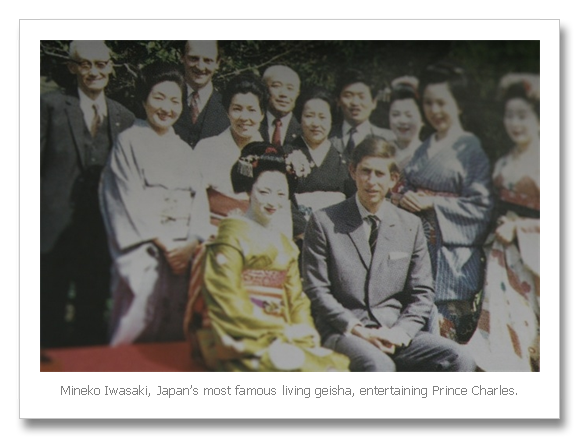
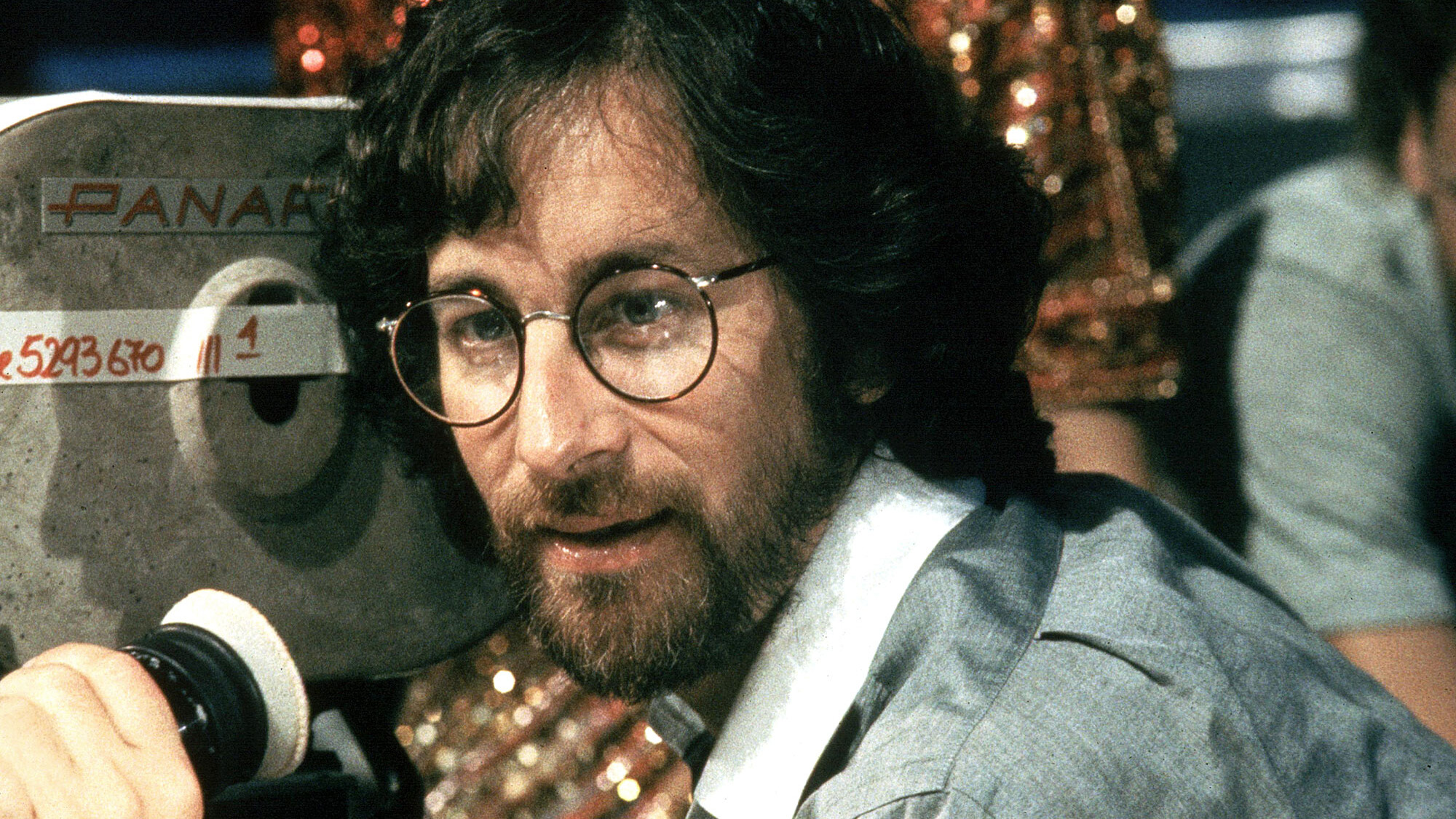
Another interesting figure who had the pleasure of meeting Mineko was the famous musician David Bowie. Bowie, known for his fascination with various cultures, visited Kyoto during his concert tour in Japan. The meeting with Mineko inspired him to deepen his understanding of traditional Japanese music and aesthetics, which later found reflection in his work.
Decision to Leave
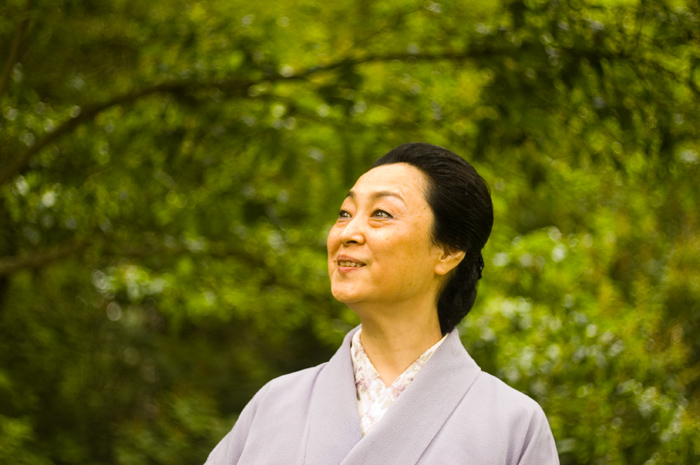
Mineko had reached the peak of fame as a geisha in Gion, at the top of her career, valued and admired by many. However, behind this facade of success lay many sacrifices and personal suffering. Intense professional life, lack of time for privacy, and constant pressure to be at the top caused Mineko to experience deep fatigue, not only physically but also emotionally. The work of a geisha, although full of art and beauty, also requires great sacrifices, and living constantly observed and only fulfilling the expectations of others began to affect her health and well-being.
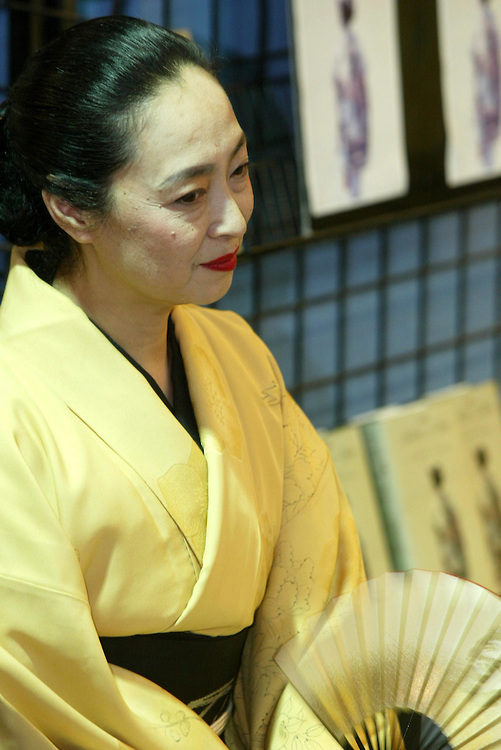
Having left the world of geishas, Mineko engaged in activities aimed at protecting and promoting Japanese culture, sharing her experiences and knowledge. Her courage to leave a life she knew for an uncertain future, and her determination in pursuing personal happiness, have become a source of inspiration for many people around the world. Mineko's story shows that true strength lies in the ability to make difficult choices and follow the voice of one's own heart. It's not easy when on one side there's uncertain freedom, and on the other, admittedly a prison – but a prison full of recognition, respect, and luxury.
Legal Conflict with Arthur Golden
(more on this conflict here: Iwasaki vs. Golden: A Battle for the Honor of Japanese Geisha Traditions).

The conflict began when Mineko stated that Golden broke the promise of maintaining her anonymity, directly mentioning her name in the acknowledgments. Furthermore, Iwasaki was deeply troubled by the way Golden portrayed the life of geishas, especially in intimate and sexual matters, which she believed was far from the truth and misleading about the nature of their work.
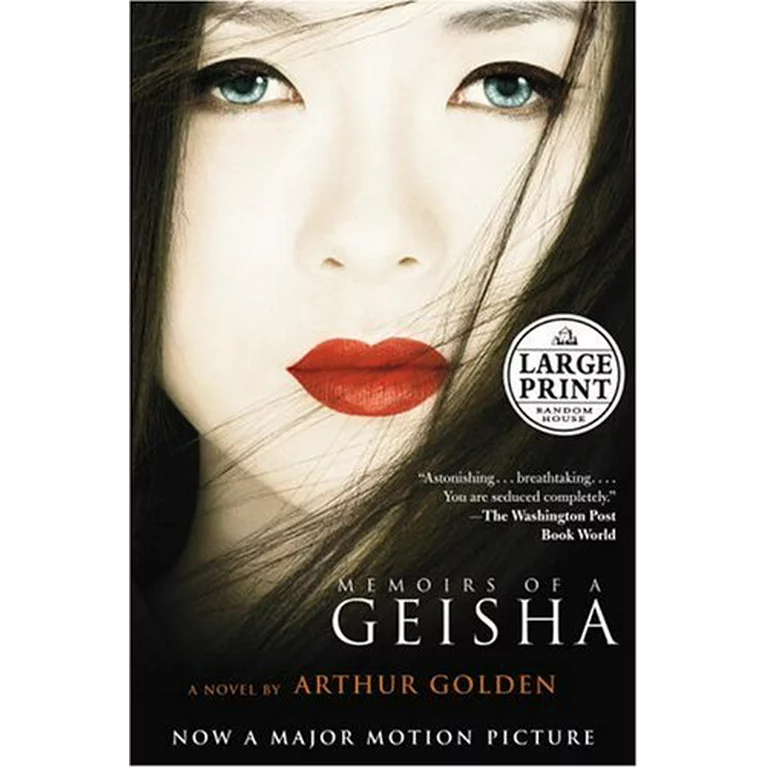
The case was settled amicably, but the details of the settlement were not disclosed publicly. However, this conflict had long-lasting effects both for Mineko Iwasaki and for the perception of geisha culture around the world. Mineko used this difficult situation as an impetus to write her own book, "Geisha of Gion," in which she presented her version of a geisha's life, striving to restore dignity and understanding for her profession.
The legal history between Mineko Iwasaki and Arthur Golden highlights the complexity of the relationship between truth and fiction and the consequences that can arise from misrepresenting someone's life story. It also became an important lesson on respect and responsibility that writers and artists should bear when depicting cultures and traditions that are not their own.
Mineko after Leaving the Profession of Geisha
After leaving the profession of geisha, undertook a series of actions that had a significant impact not only on her personal life but also on culture and society. Among the numerous activities she engaged in, a few examples can be given as below.
 Publication of Autobiography
Publication of Autobiography
The most significant endeavor Mineko Iwasaki undertook after leaving the profession was the publication of her autobiography titled "Geisha of Gion" (in English "Geisha, a Life"). This book, released as a response to "Memoirs of a Geisha" by Arthur Golden, aimed to present the true story of a geisha's life, based on Mineko's personal experiences. The autobiography became an international bestseller, offering readers insight into the authentic life and culture of geishas, as well as explaining many misunderstandings and stereotypes associated with the profession.
Educational and Cultural Activities
After leaving the profession of geisha, Mineko Iwasaki engaged in educational activities, striving to promote a true understanding of Japanese culture and traditions. She collaborated with various institutions and organizations, both in Japan and abroad, conducting lectures and seminars on the art of geishas, history, and culture of Japan. Her activities contributed to increasing awareness of the role of geishas in Japanese society and their contribution to preserving traditional culture.
 Social Engagement
Social Engagement
Mineko Iwasaki did not limit her involvement to issues related to the geisha culture. She also engaged in broader activities for the benefit of society, including support for women and youth. Through years of her public activity, Mineko became an inspiration for many people, showing that it is possible to find one's own path in life and pursue passions, even if it means departing from traditional career paths.
 Private Life
Private Life
After leaving the profession of geisha, Mineko Iwasaki also focused on her private life. She got married and started a family, which was one of the reasons for her decision to end her career. In interviews, she emphasized that family life gave her a sense of fulfillment and happiness that she did not always experience as a geisha.
Contribution to Heritage Preservation
Mineko Iwasaki's activities contributed not only to spreading knowledge about geishas but also to preserving Japan's cultural heritage. Her life story and engagement in education and culture are an important contribution to intercultural dialogue and understanding between the East and the West.
Life with a Mission
Throughout her life and activities, Mineko Iwasaki has had an undeniable impact on the contemporary perception of geishas both in Japan and worldwide. Her courageous decision to tell her story and stand up for the truth about the life of geishas has contributed to the dismantling of many stereotypes and prejudices surrounding this profession, although it meant, among other things, a long legal battle against Arthur Golden and the Alfred A. Knopf publishing house. Thanks to her efforts, the world has gained a deeper, more nuanced understanding of the role of geishas in Japanese culture—not as mysterious figures from the dark corners of entertainment districts but as artists and guardians of tradition. Mineko became a voice that reminded us of the value and respect owed to geishas, being a living heritage of Japan.
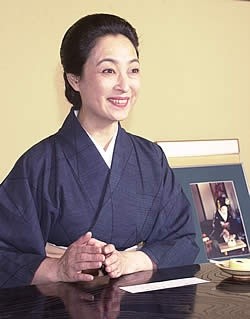
The conclusion of Mineko Iwasaki's story is not merely an epilogue to the life of an outstanding geisha but a reminder of the constant need for dialogue and understanding between different cultures. Her legacy, alive in the hearts of those who value truth and authenticity over stereotypes, inspires subsequent generations to seek their own path and voice in a world not always prepared to listen to the true story. Mineko Iwasaki, with her courage, talent, and determination, not only shaped a new perception of geishas but also contributed to a global dialogue on the value and beauty of Japanese culture.
>>SEE SIMILAR ARTICLES:
Geisha: An Icon of Japanese Culture and its Reflection in Anime and Manga
Tomoe Gozen, the Samurai Woman: 'A Warrior Worth a Thousand, Ready to Face a Demon or a God'
Surprising Haiku: The Japanese Spirit of Minimalism in the 5-7-5 Rhythm
"Strong Japanese Women"
see book by the author
of the page
未開 ソビエライ
An enthusiast of Asian culture with a deep appreciation for the diverse philosophies of the world. By education, a psychologist and philologist specializing in Korean studies. At heart, a programmer (primarily for Android) and a passionate technology enthusiast, as well as a practitioner of Zen and mono no aware. In moments of tranquility, adheres to a disciplined lifestyle, firmly believing that perseverance, continuous personal growth, and dedication to one's passions are the wisest paths in life. Author of the book "Strong Women of Japan" (>>see more)
Personal motto:
"The most powerful force in the universe is compound interest." - Albert Einstein (probably)
Mike Soray
(aka Michał Sobieraj)
未開 ソビエライ
An enthusiast of Asian culture with a deep appreciation for the diverse philosophies of the world. By education, a psychologist and philologist specializing in Korean studies. At heart, a programmer (primarily for Android) and a passionate technology enthusiast, as well as a practitioner of Zen and mono no aware. In moments of tranquility, adheres to a disciplined lifestyle, firmly believing that perseverance, continuous personal growth, and dedication to one's passions are the wisest paths in life. Author of the book "Strong Women of Japan" (>>see more)
Personal motto:
"The most powerful force in the universe is compound interest." - Albert Einstein (probably)
Mike Soray
(aka Michał Sobieraj)
Write us...
Ciechanów, Polska
dr.imyon@gmail.com
___________________
inari.smart
Would you like to share your thoughts or feedback about our website or app? Leave us a message, and we’ll get back to you quickly. We value your perspective!

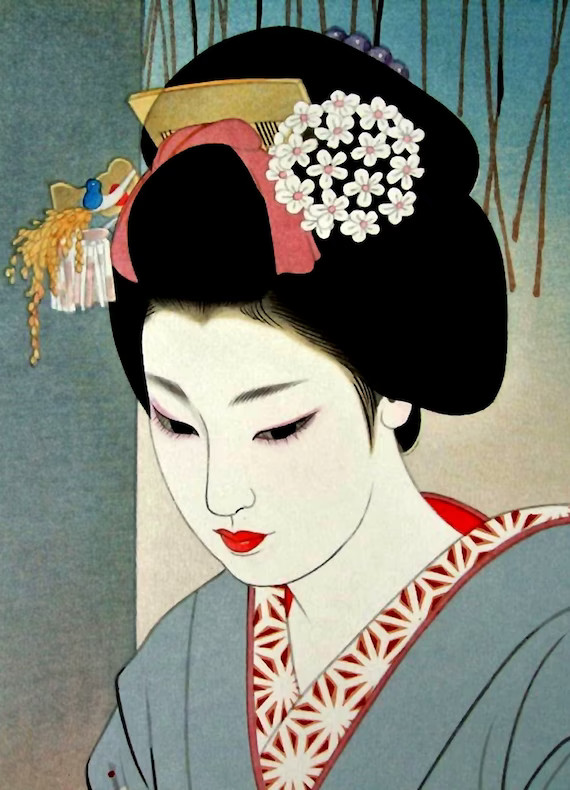 Geisha, Meaning Artist
Geisha, Meaning Artist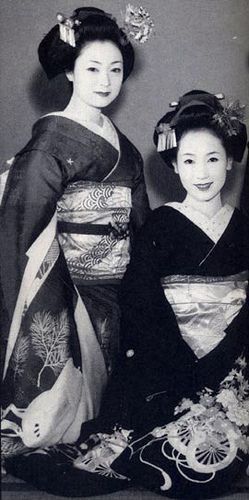 Training and Transformation from Maiko to Geiko
Training and Transformation from Maiko to Geiko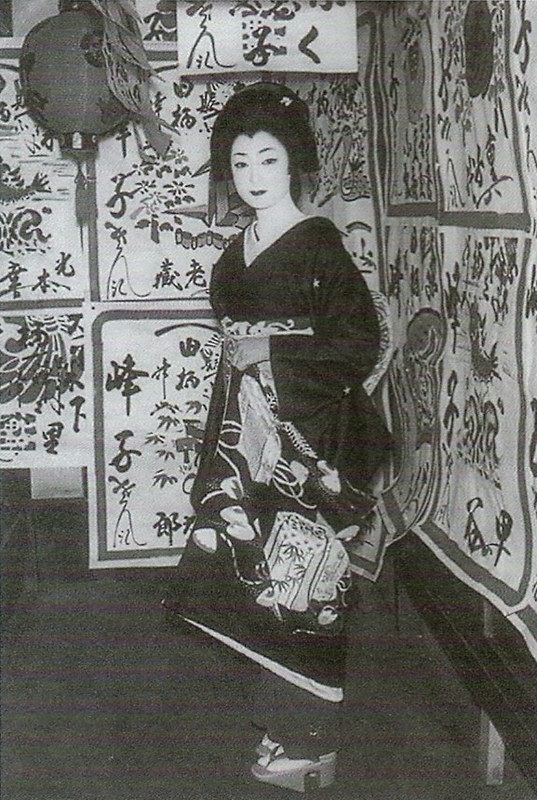 Successes and Sacrifice
Successes and Sacrifice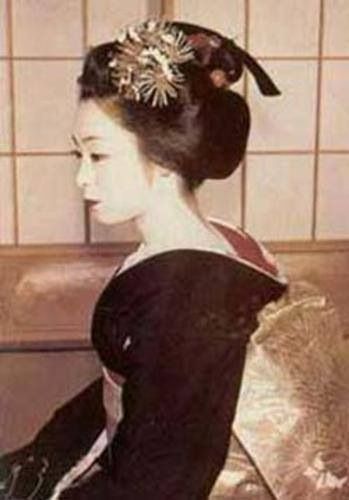
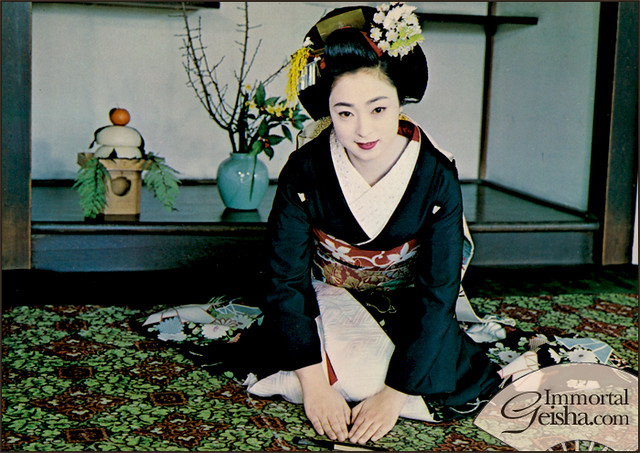 Decision to Leave
Decision to Leave
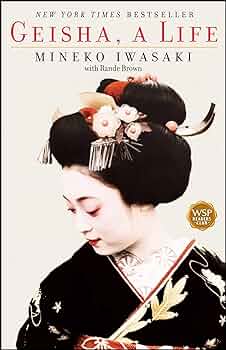 Publication of Autobiography
Publication of Autobiography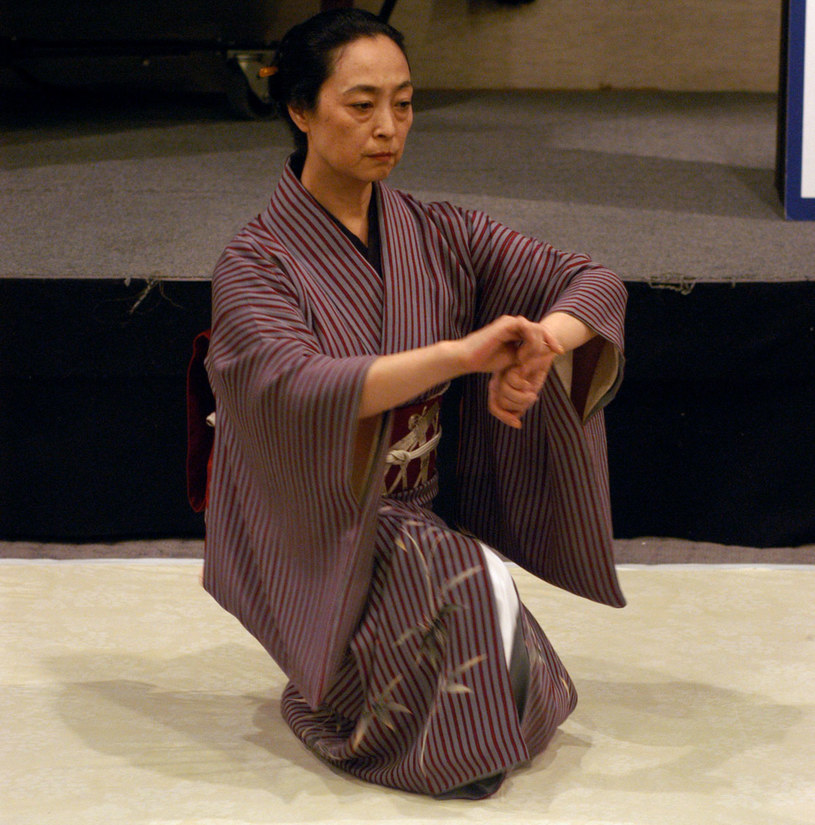 Social Engagement
Social Engagement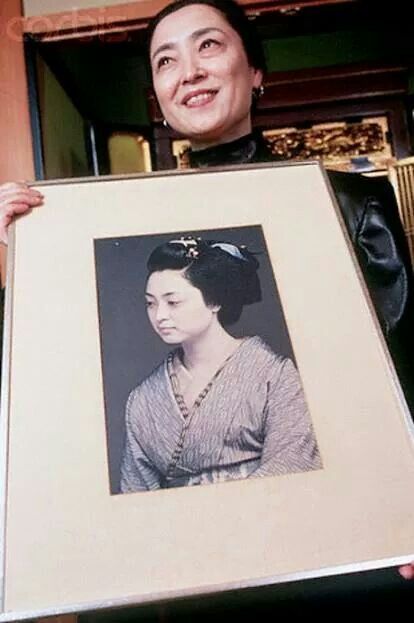 Private Life
Private Life
